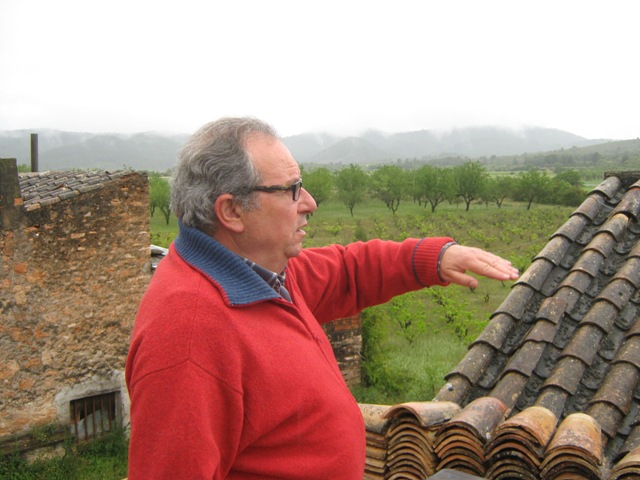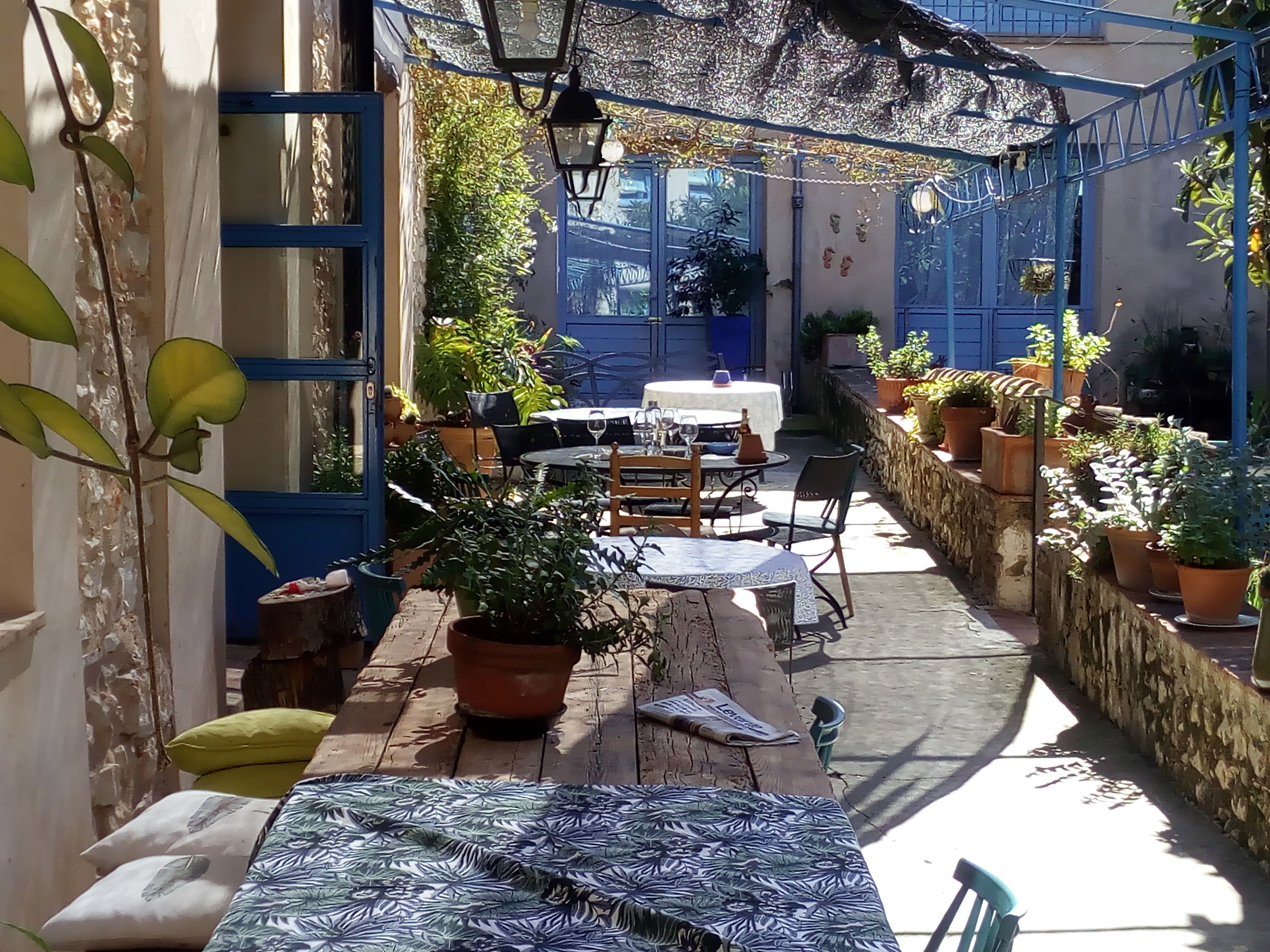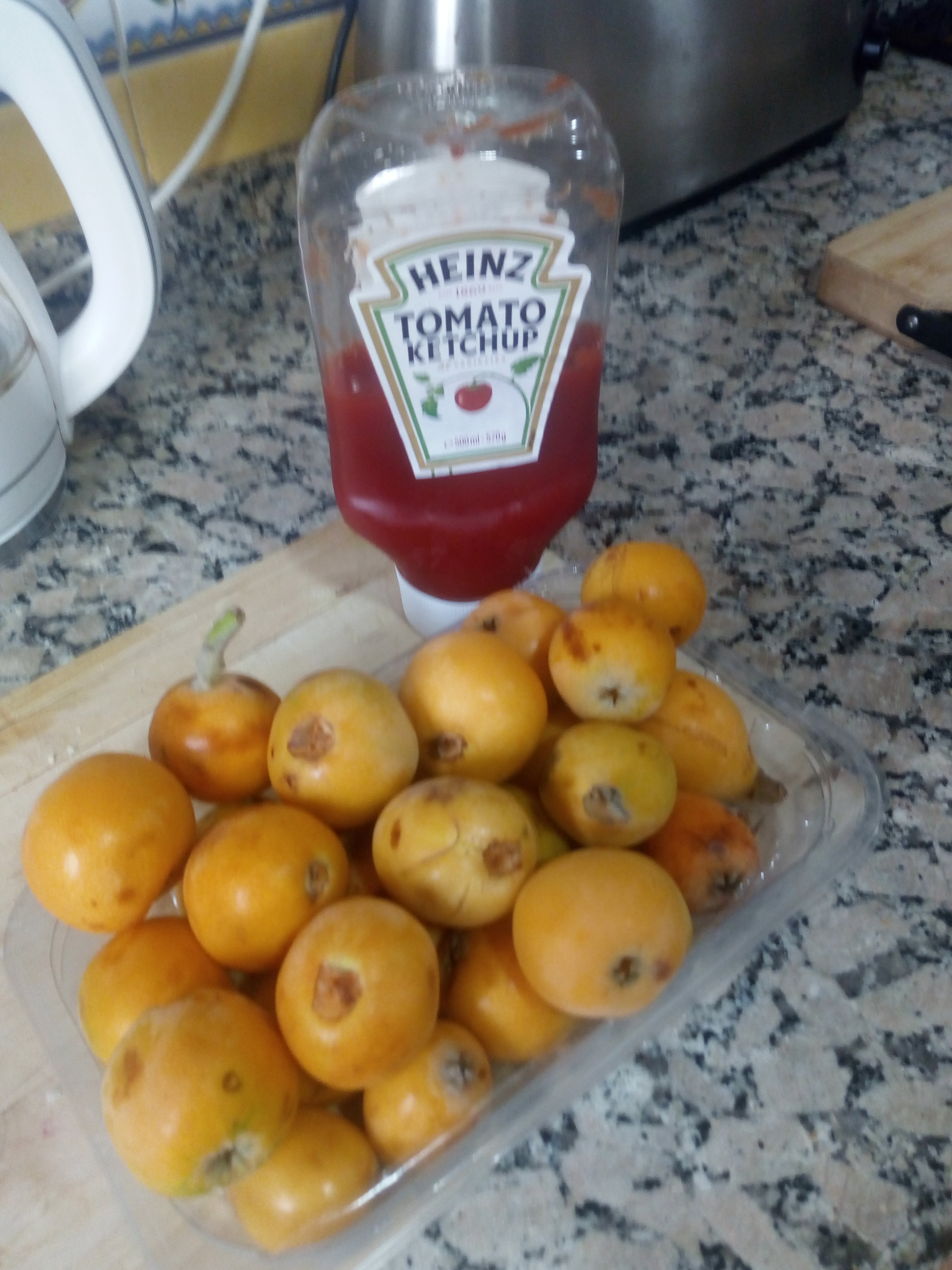Valencia’s 35 varieties of Garrofó
Like so many things, the garrofón gets a little bit lost in translation, possibly butter bean is the next best thing. Anyway, for paella traditionalists, it is an essential ingredient, and one that Valencian farmers excel in producing.

Although the bean is a fairly unknown legume outside the Valencia Region, it is highly appreciated by the Valencian people, thanks to its link with paella. It is grown in a traditional way, so it can be bought fresh (with the pod) or dried (dehydrated, like chickpeas).
The different traditional varieties are an essential part of the heritage of the Valencian people. For years, farmers have been selecting exceptionally efficient varieties adapted to the growing conditions of the land. This has led to the generation of a large number of traditional Valencian varieties, many of which are no longer cultivated or are only marginally cultivated. Fortunately, many of these varieties are conserved in seed banks.
Thanks to the work of the Professor of Genetics, Salvador Soler Aleixandre, from the Institut de Conservació i Millora de l’Agrodiversitat Valenciana (COMAV). Polytechnic University of Valencia. It has been possible to present 35 varieties, grown experimentally in Alcacer.
In terms of composition, the Valencian bean has a higher percentage of fat and more minerals such as phosphorus, zinc and copper compared to those grown in other regions. The Valencian bean also has a high content of protein, minerals and antioxidants.
It is therefore very important to know the varieties planted by Valencian farmers, of which three are currently best known, the ‘pintat’, the ‘cella negra’ and the ‘d’ull de perdiu’, but there are many more.
The agricultural revolution brought many advantages in production, but in many cases it also led to the replacement of traditional varieties by others that were more adaptable to local conditions or more modern varieties that were highly productive and resistant to disease.
Despite the advantages of the new varieties, many consumers are calling for the recovery of traditional varieties, which are associated with the local culture and are considered better. Moreover, it has been shown that with good technical management, local varieties of certain crops can be competitive and can also contribute to more sustainable agriculture.
Its cultivation is difficult and costly because it has a long cycle, from April to November, it is distributed along the coast because it needs heat, but it is also demanding in terms of water and it is a climbing plant that requires a firm structure and suffers the risks of summer weather.
But this defence of the product is not only reflected in the fields, in the restaurant industry there are people very involved such as María José San Román, restaurateur, businesswoman and chef of Monastrell, recognised with 1 Michelin star since 2013 and 2 Repsol Suns. She is known for her study of emblematic Spanish ingredients and her interesting interpretations of Spanish cuisine in her six restaurants and her artisan bakery in Alicante.






Recent Comments